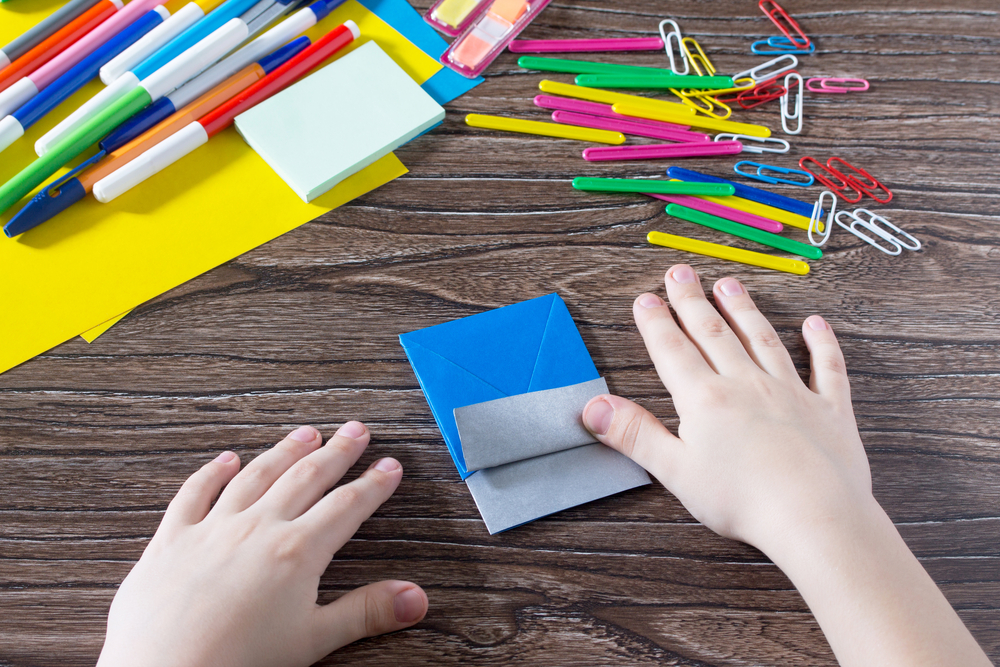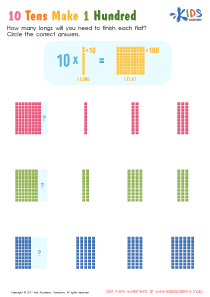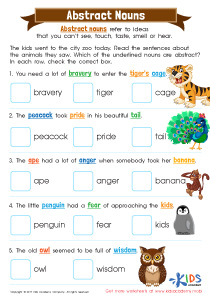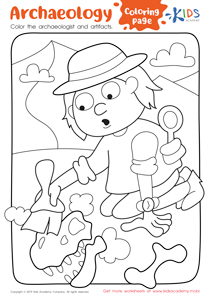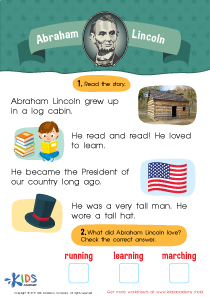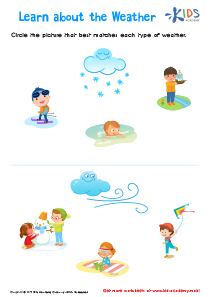Normal Alphabet worksheets activities for Ages 8-9
3 filtered results
-
From - To
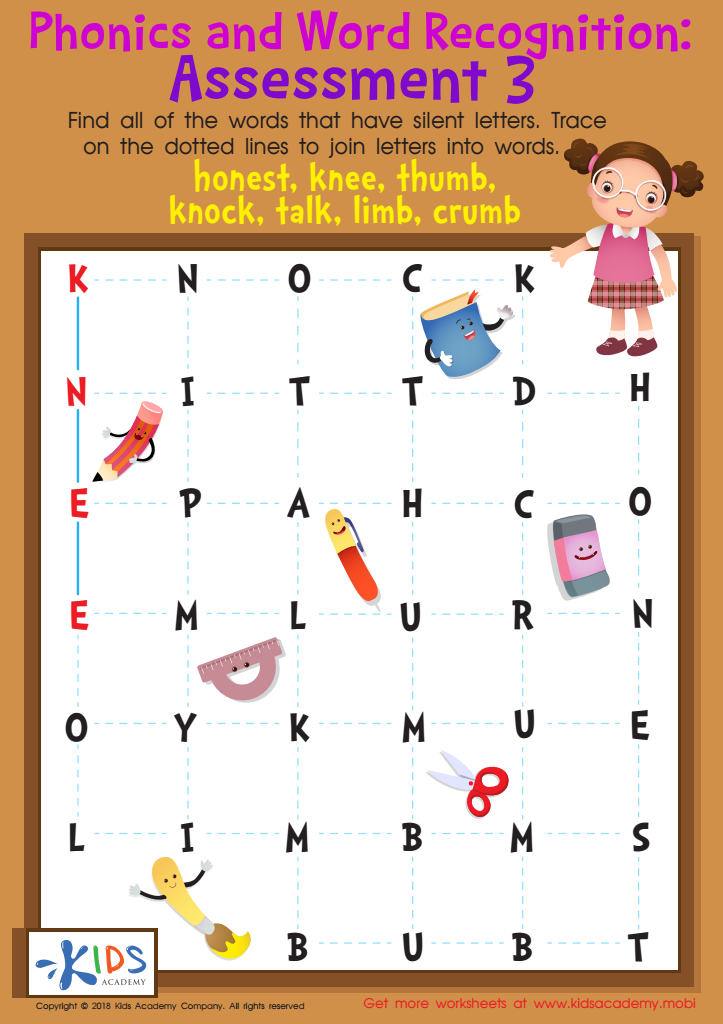

Phonics and Word Recognition: Assessment 3 Worksheet
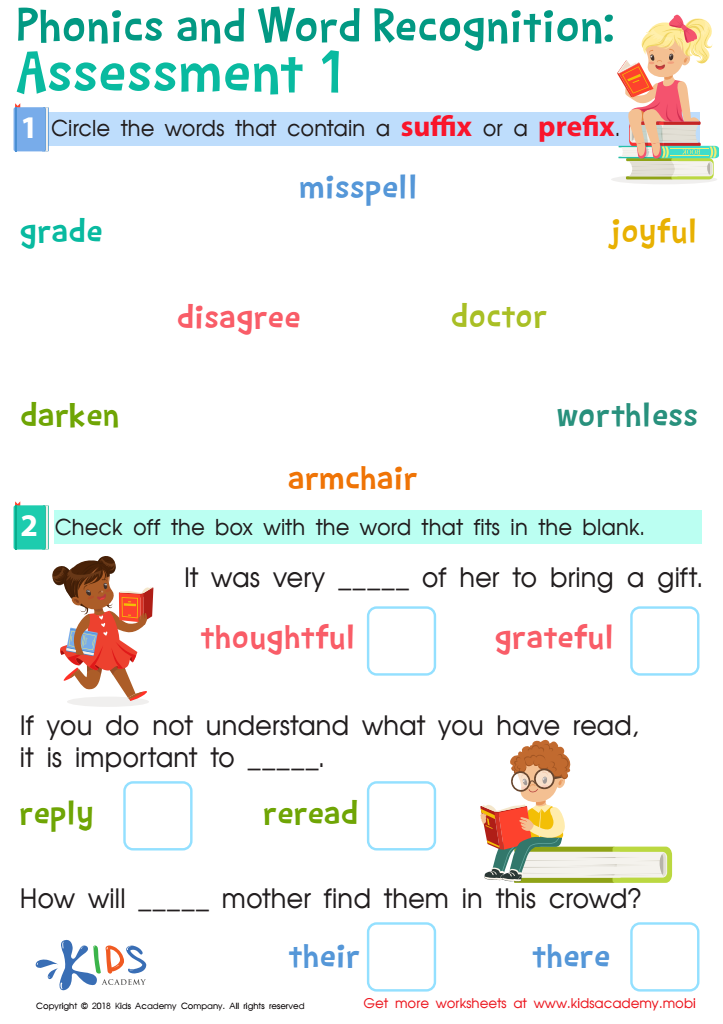

Phonics and Word Recognition: Assessment 1 Worksheet
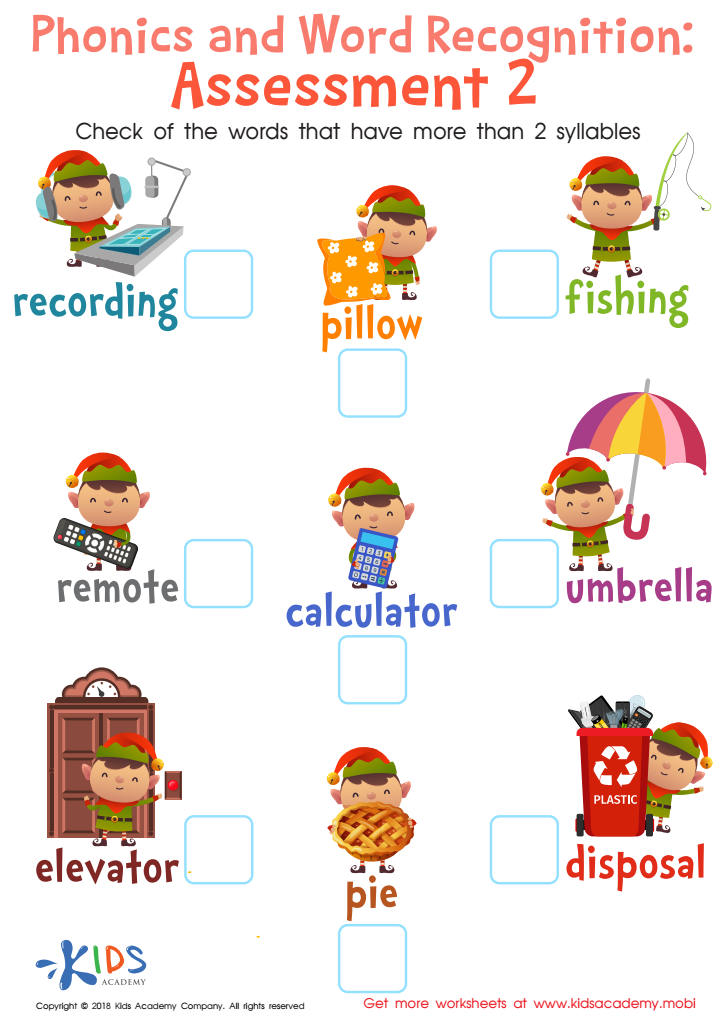

Phonics and Word Recognition: Assessment 2 Worksheet
Normal Alphabet worksheets activities stand as a quintessential foundation in the journey of early education, playing a vital role in children's learning and development. These activities, meticulously designed, not only introduce young learners to the basics of the English language but also enhance their understanding of letter recognition, phonetics, and vocabulary expansion in a structured and engaging manner.
One of the primary reasons Normal Alphabet worksheets activities are useful lies in their ability to foster cognitive development. Through repetitive practice and varied exercises, children develop sharp memory skills. They begin to associate specific shapes with sounds, paving the way for reading readiness and spelling accuracy. This visual and auditory reinforcement is crucial in the foundational years, setting the stage for more complex language learning tasks ahead.
Moreover, these worksheets offer a sense of achievement and motivation. Each completed activity reinforces a sense of progress, encouraging young learners to continue exploring the wonders of the alphabet. This positive reinforcement is critical in maintaining interest and enthusiasm in the learning process.
Normal Alphabet worksheets activities also cater to a variety of learning styles. Whether a child is a visual, auditory, or kinesthetic learner, worksheets can be designed to meet their unique learning needs. For example, coloring letters, tracing, matching activities, and even cutting and pasting exercises provide a multi-sensory experience that enriches learning and ensures that concepts are grasped more firmly.
Additionally, these worksheets are incredibly versatile, making them a convenient tool for teachers and parents alike. They can be easily integrated into daily lesson plans or used as supplementary materials at home, ensuring that learning continues beyond the classroom. This flexibility allows for a more personalized learning experience, accommodating each child's pace and level of understanding.
In summary, Normal Alphabet worksheets activities are indispensable in early education. They lay a solid foundation for literacy, promote cognitive development, motivate through achievement, accommodate different learning styles, and offer versatility in teaching and learning. These benefits underscore why incorporating these activities into early learning curriculums is not just beneficial but essential.
 Assign to the classroom
Assign to the classroom

